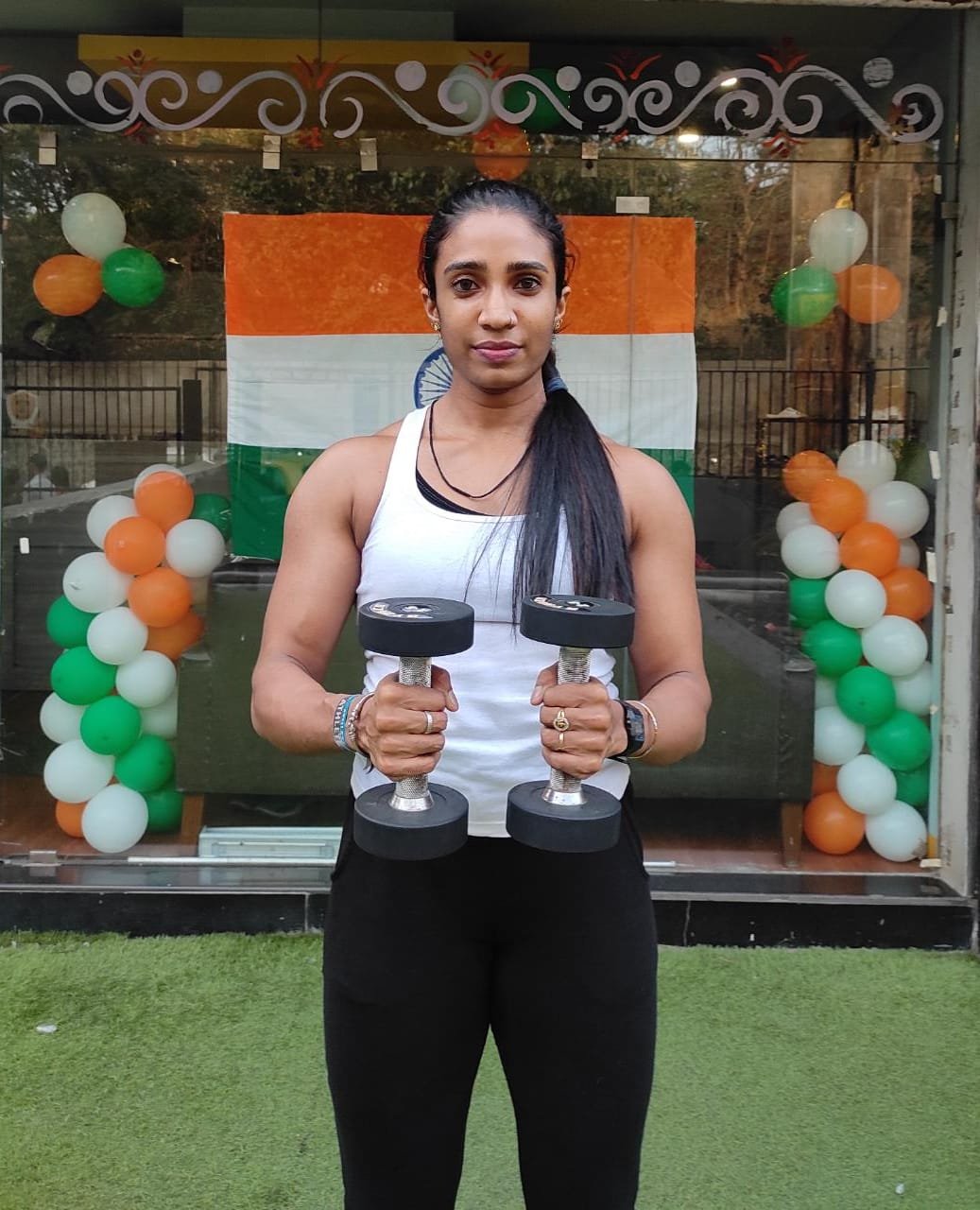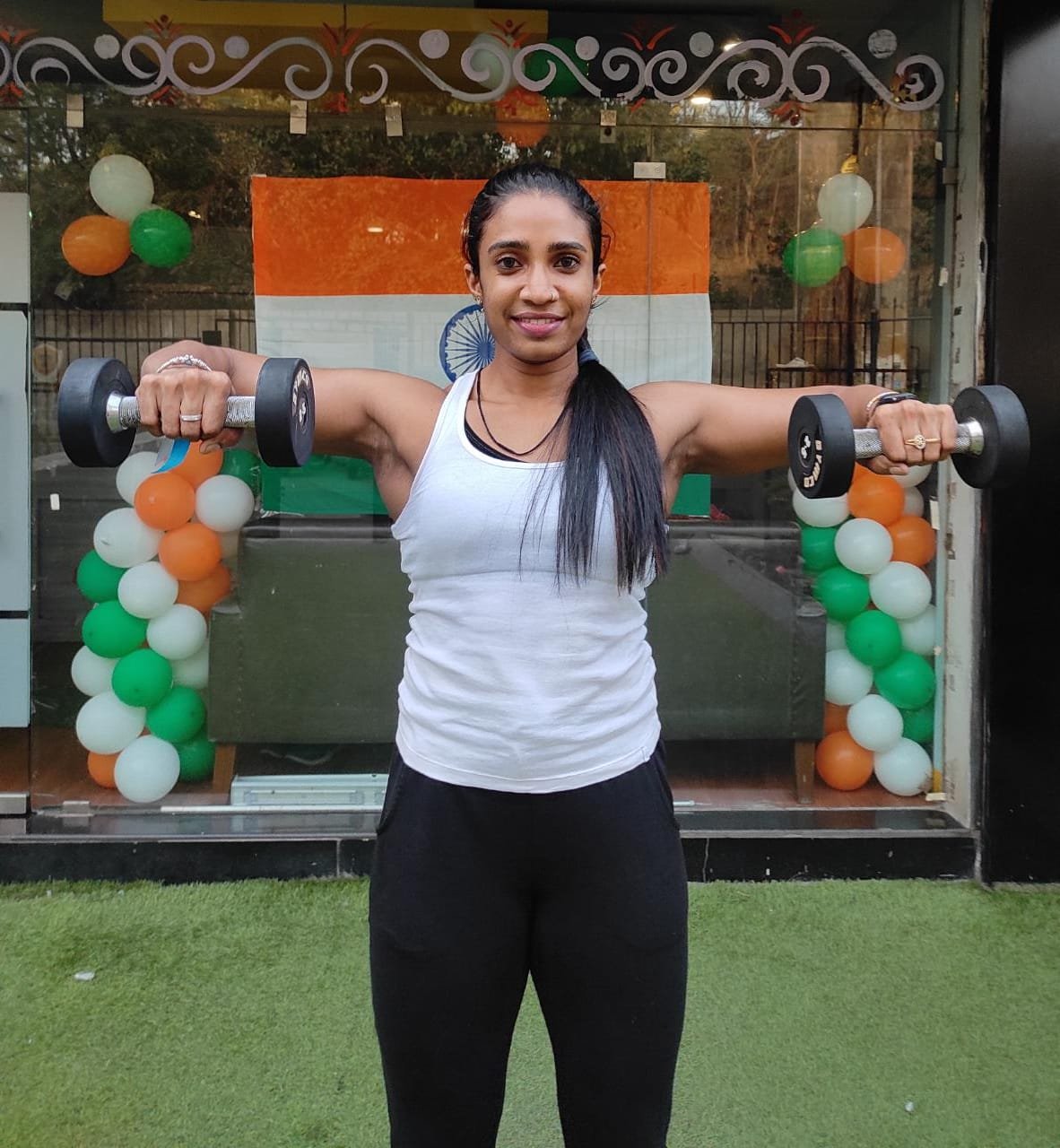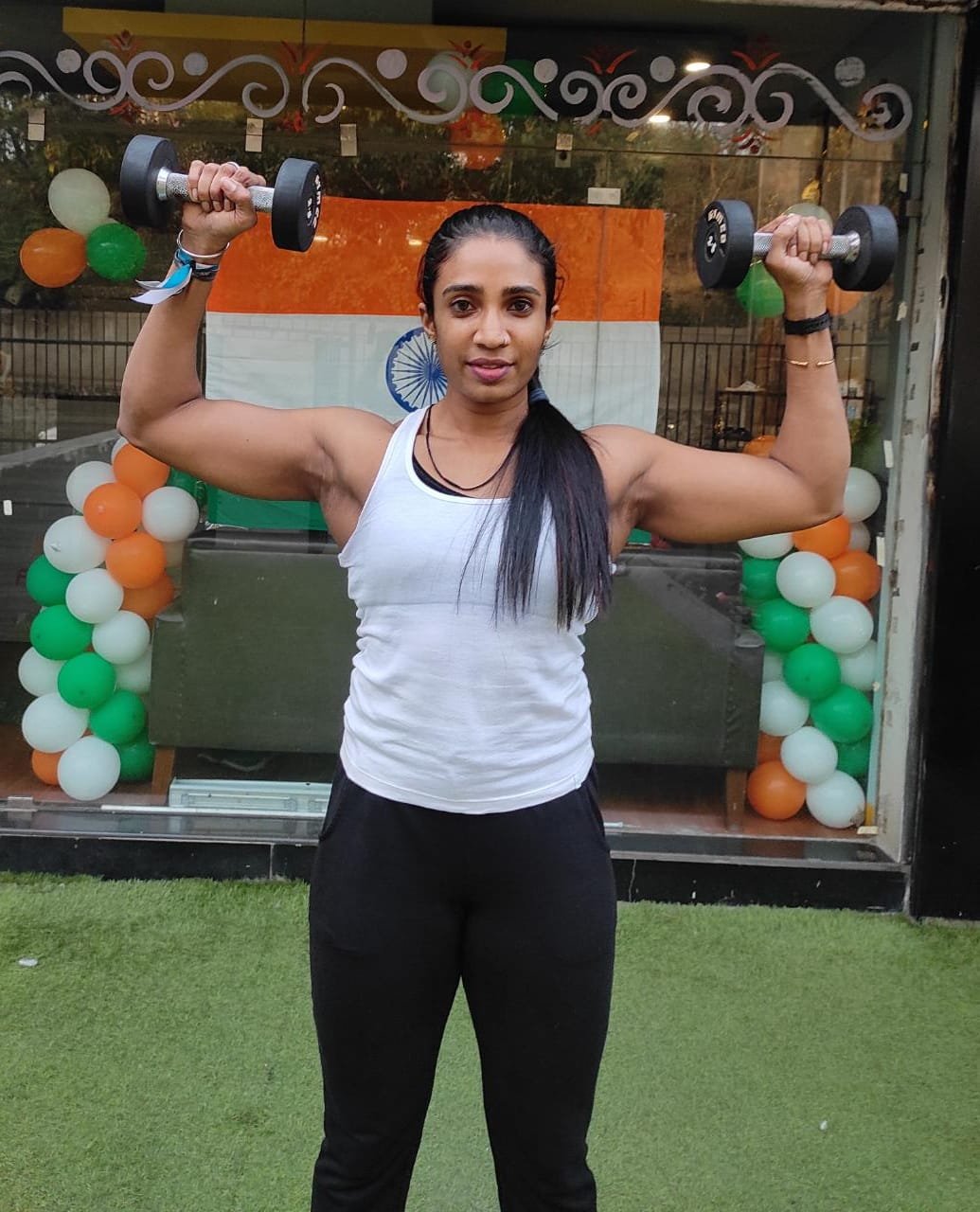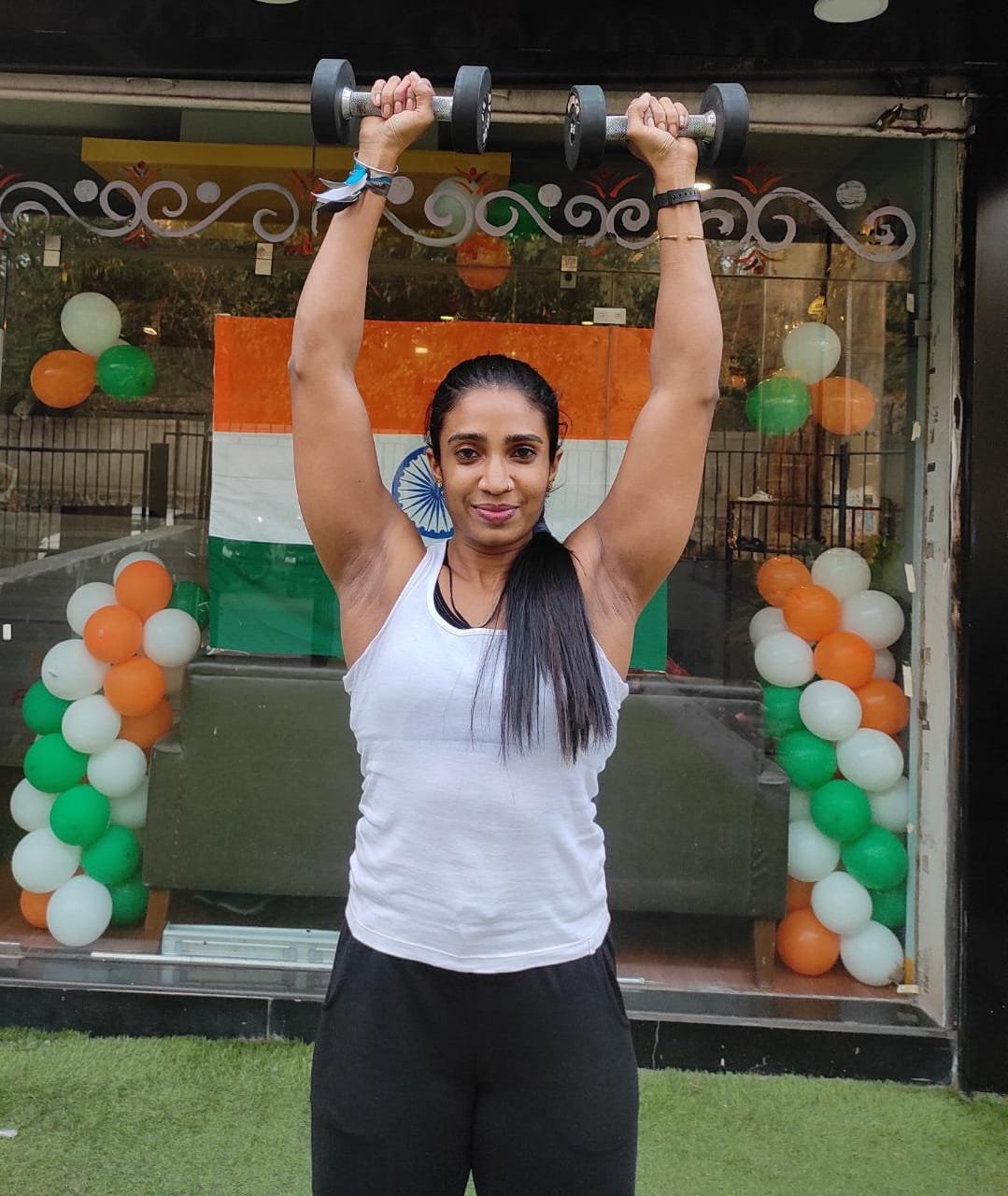Know Your Exercise – Part 2: Cuban Press
This is the second in a series of blogs in which we analyse some significant weight training exercises that somehow miss the attention of exercisers!
We look at the Cuban Press.
The Cuban Press is an exercise that targets the muscles of the shoulders, rotator cuff, and upper back. It combines a shoulder external rotation with a dumbbell press, training a complex of muscles and movements in a single, fluid sequence.
Your rotator cuff is the suite of muscles and tendons that both stabilize your shoulder and allow it to rotate. For such an important, frequently used joint-muscles arrangement, though, we rarely see anybody – novice or advanced athlete – doing something to strengthen it.
Says GĀYO Fitness Academy’s National Master Trainer and Faculty, Pratiksha Karkera: “Strong rotator cuff and scapular muscles will not only prevent injury but they will also make you stronger and more efficient at movements like presses, pullups and millions of movements about the shoulder joint that you perform in daily life!”
The Cuban Press combines an upright row, external shoulder rotation and an overhead press. This “combo” exercise will strengthen these muscles normally ignored to make shoulder joint movements virtually injury-proof.
Pratiksha points out: “Using a light weight – start with 2 or 5 kilo dumbbells. Do not try to be a hero or heroine here. Move the muscles, not the weight!” This will help you safely do the external rotation phase of the movement. Perform sets of 10 to 20 reps as a warmup before lifting heavy weights.




Benefits
It is a complete shoulder exercise. Other deltoid exercises usually emphasize one delt head at a time. Working all three heads simultaneously, the Cuban Press is very time-efficient.
The rotator cuff is an essential group of muscles but most people only train it when they develop weakness or injury! The Cuban Press helps prevent rotator cuff problems – before they start.
Cuban Press will help keep your shoulders in good shape. Ensure that you train all three deltoid heads (anterior, medial, and posterior) equally and also strengthen the underlying rotator cuff muscles.
It is not just a compound exercise. It is a combination of three individual exercises rolled into one. The main muscles trained are:
Trapezius and rhomboids which cover much of your upper back. The trapezius is a large diamond-shaped muscle. It is responsible for elevation, retraction (working with the rhomboids) and depression of your shoulder girdle. The traps are involved in all three phases of the Cuban Press.
Deltoids – there are three deltoid heads. While they work together, each one also has its own specific function. The anterior deltoids are responsible for flexion and medial rotation of the shoulder joint, while the posterior delts control shoulder extension and external rotation. The medial or middle deltoids are responsible for the abduction of the shoulder joint. Cuban Presses involve all three deltoid heads. (You remember what you studied in the shoulder joint kinesiology class?!)
Rotator cuff. The muscles that make up the rotator cuff are the supraspinatus, infraspinatus, teres minor, and subscapularis. It is responsible for stabilizing your shoulder joint. It also works with the deltoids to initiate movements including abduction and rotation.
Biceps are involved in the first part of this shoulder complex. They are responsible for elbow flexion and supination of the forearm.
Triceps extend your elbow in the last part of the Cuban Press.
The FUNCTIONAL nature of this exercise means you will not be lifting heavy weights. So, like your biceps, while your triceps are most certainly involved in this exercise, you probably will not really “feel” them working all that hard.
One of the training tips for Cuban presses is to pull your shoulders down and back, which is also known as “scapulae setting”. Setting your scapulae stabilizes your shoulder girdle and shoulder joint. It prevents unwanted movements that risk shoulder injuries. “Set” your scapulae before bench presses, pull-ups, deadlifts to protect your shoulder joints and lift heavier weight.
Cuban Presses develop better shoulder mobility and flexibility. Doing a few light sets with a bamboo stick is an excellent way to warm up your shoulder joints. It also stretches many important shoulder muscles.
How to do the Cuban Press
Watch Pratiksha Karkera demonstrate the exercise –
- Keep smiling as you perform the Cuban Press – as you will smile when you do anything positive in life!
- Hold dumbbells in front of your hips using a pronated, slightly wider than shoulder-width grip.
- Stand with your feet about hip-width apart, knees slightly bent, core braced, and shoulders pulled down and back.
- Bend your elbows and “upright row” the dumbbells up to your sternum (lower chest). Your upper arms should be approximately parallel to the floor, elbows bent at right angles (90°).
- Without lowering your upper arms, externally rotate your shoulders and raise the dumbbells up, so that they are just above your head. Press them up to arms’ length.
There are several Cuban Press variations including these –
- Dumbbell Cuban Press
- Cuban Rotation
- You will have guessed this one: the Arnold Press
- Dumbbell Victory Raises with rubber bands
- Dumbbell YTI for shoulder complex
We will study all these variations in the Advanced Strength Training Level 2 course! Our personal trainer course students receive nearly 1,400 exercise videos including about 550 in weight training.
Because of the biomechanics involved, you probably will not be able to lift heavy weights for Cuban Presses. This exercise may not directly help you develop muscle mass but will most definitely increase shoulder stability and mobility which in turn will increase muscle size and / or strength.
Perform the Cuban presses as part of your warm-up or as a “finisher” after training of chest or shoulders.
